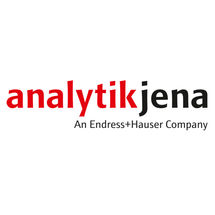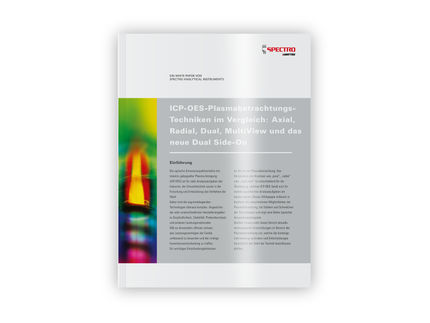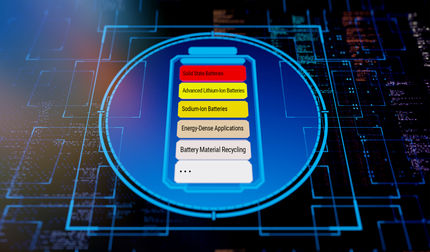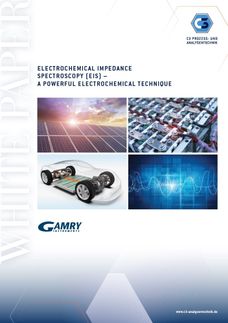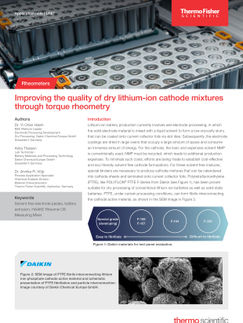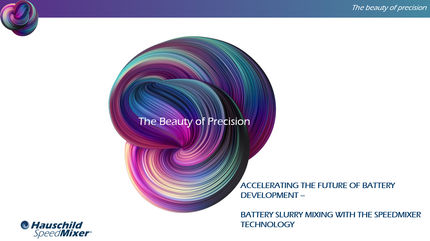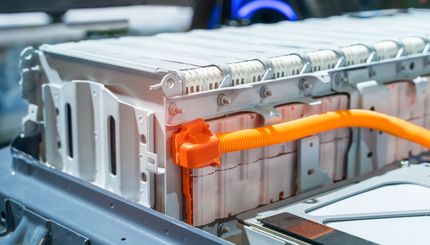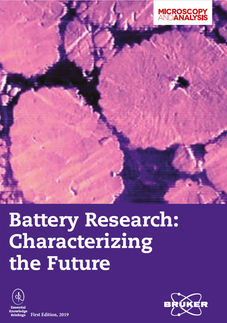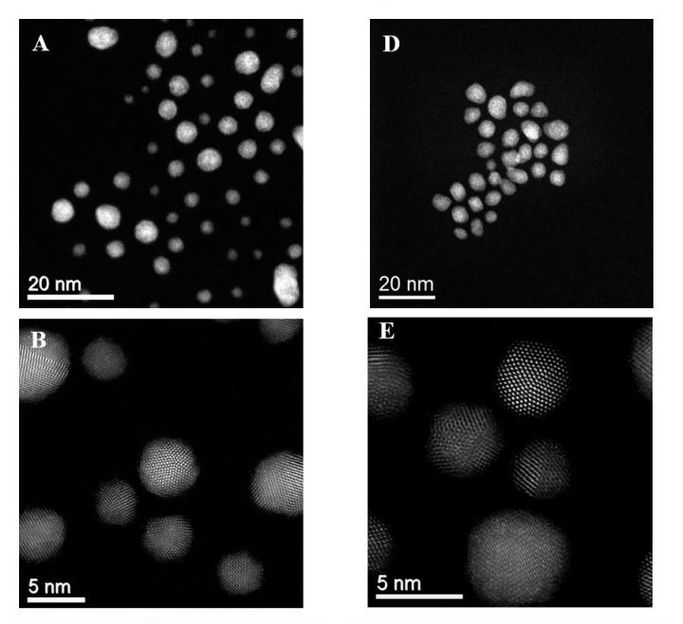Online Analysis of Lithium in Brine Samples by HR-ICP-OES
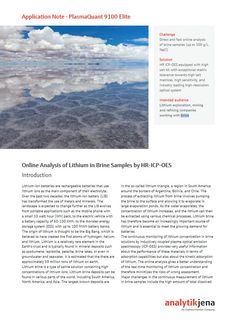
Application Note · PlasmaQuant 9100 Elite
Challenge: Direct and fast online analysis of brine samples (up to 300 g/LNaCl)
Solution: HR ICP-OES equipped with high salt kit with exceptional matrix tolerance towards high salt matrices, high sensitivity, and industry leading high-resolution optical system
Intended audience: Lithium exploration, mining and refining companies working with brine
Lithium-ion batteries are rechargeable batteries that use lithium ions as the main component of their electrolyte. Over the past two decades, the lithium-ion battery (LIB) has transformed the use of metals and minerals. The landscape is expected to change further as the LIB evolves from portable applications such as the mobile phone with a small 10 watt hour (Wh) pack, to the electric vehicle with a battery capacity of 50-100 kWh, to the monster energy storage system (ESS) with up to 100 MWh battery banks. The origin of lithium is thought to be the Big Bang, which is believed to have created the first atoms of hydrogen, helium, and lithium. Lithium is a relatively rare element in the Earth‘s crust and is typically found in mineral deposits such as spodumene, lepidolite, petalite, brine lakes, or even in groundwater and seawater. It is estimated that the there are approximately 39 million tons of lithium on earth. Lithium brine is a type of saline solution containing high concentrations of lithium ions.
Download white paper now
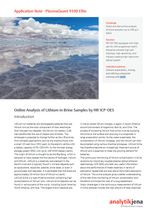
Online Analysis of Lithium in Brine Samples by HR-ICP-OES
Application Note · PlasmaQuant 9100 Elite
White Paper classification
White papers on related topics
Products on related topics
Manufacturers of similar products
Webinars on related topics
See the theme worlds for related content
Topic World Battery Technology
The topic world Battery Technology combines relevant knowledge in a unique way. Here you will find everything about suppliers and their products, webinars, white papers, catalogs and brochures.

Topic World Battery Technology
The topic world Battery Technology combines relevant knowledge in a unique way. Here you will find everything about suppliers and their products, webinars, white papers, catalogs and brochures.
